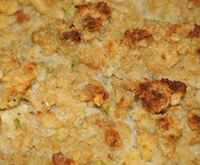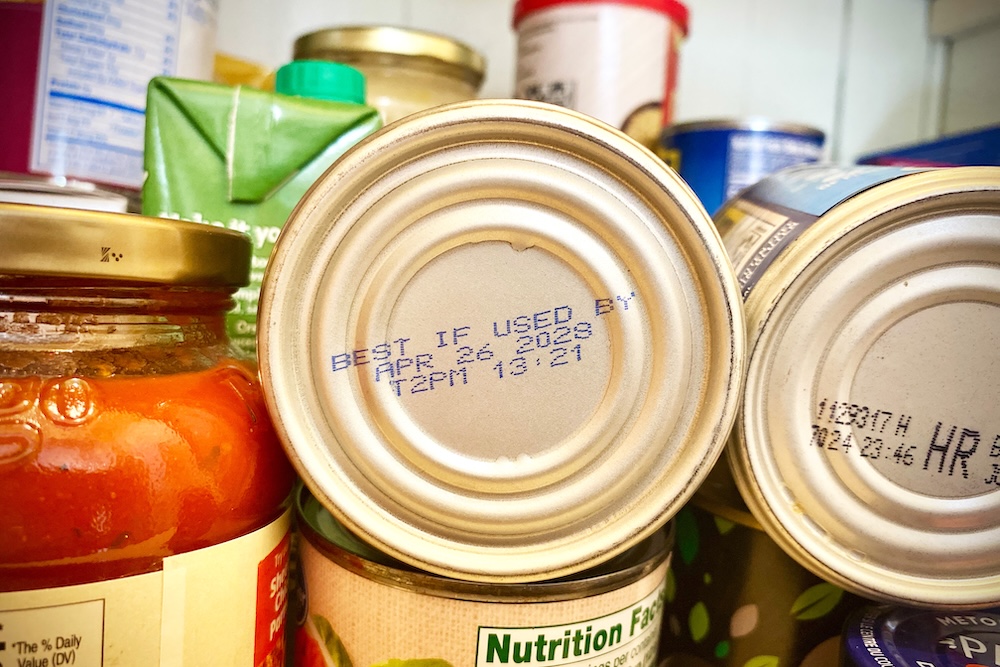For those who love to prepare meals during the holidays, relieve some of the stress associated with cooking by preparing and freezing holiday treats in advance. Freezing prepared foods allows you the satisfaction of homemade meals with the convenience of store-bought ones.
University of Georgia Cooperative Extension has tips for those who plan to freeze prepared food.
Freezing will not improve the texture, flavor or quality of food. It only acts to preserve the food’s quality. This is why you should only freeze high-quality products.
After cooking the food you plan to freeze, cool it quickly to keep the food safe to eat. Place pans with casseroles and stuffing or dressing into shallow ice baths, for example, if you baked them in nonbreakable pans. Disposable foil pans are a good choice; they can then be dried off and used as the base of the dish to wrap for freezing. Stir hot gravies and some other side dishes in a bowl or pan that is also set down into an ice bath.
Never leave perishable food at room temperature for more than two hours.
When the food dishes are completely cooled to at least room temperature, package them for the freezer in moisture-vapor resistant materials to prevent freezer burn. Be sure all sealing areas are clean and dry and leave recommended headspace for expansion. This process is explained in detail at https://nchfp.uga.edu/how/freeze/headspace.html.
Clearly label each package with the name of the food, the ingredients, the packaging date, special instructions and the amount of food. Package foods in amounts you will be able to use at one time.
Freeze food as soon as it is packaged and sealed and place the food in the coldest available part of the freezer. It’s also important to research the ingredients ahead of time to see what foods do not freeze well. You can reference UGA Extension’s recommendations at www.uga.edu/nchfp/how/freeze/dont_freeze_foods.html.
When the time comes to thaw out your frozen favorites there are several options available. You can remove frozen food from the freezer and immediately place it in the oven for thawing and heating. Keep in mind that the frozen food should be in a freezer-to-oven safe container. Some foods are best thawed and heated using a double boiler.
Foods that are high in protein like fish, meat or eggs should be thawed in the refrigerator or microwave if they have not been cooked from the frozen state. To ensure the safety of your food, do not allow these potentially hazardous foods to stay in the temperature danger zone (40-140 degrees Fahrenheit) longer than two hours.
Breads, cakes or cookies can be precooked and thawed at room temperature. Reheat all prepared foods, except nonmeat baked goods, sweets and fruits, to at least 165 degrees Fahrenheit quickly (within two hours).
For special instructions on preparing and freezing food, visit www.uga.edu/nchfp/publications/uga/FreezingPreparedFoods.pdf.








